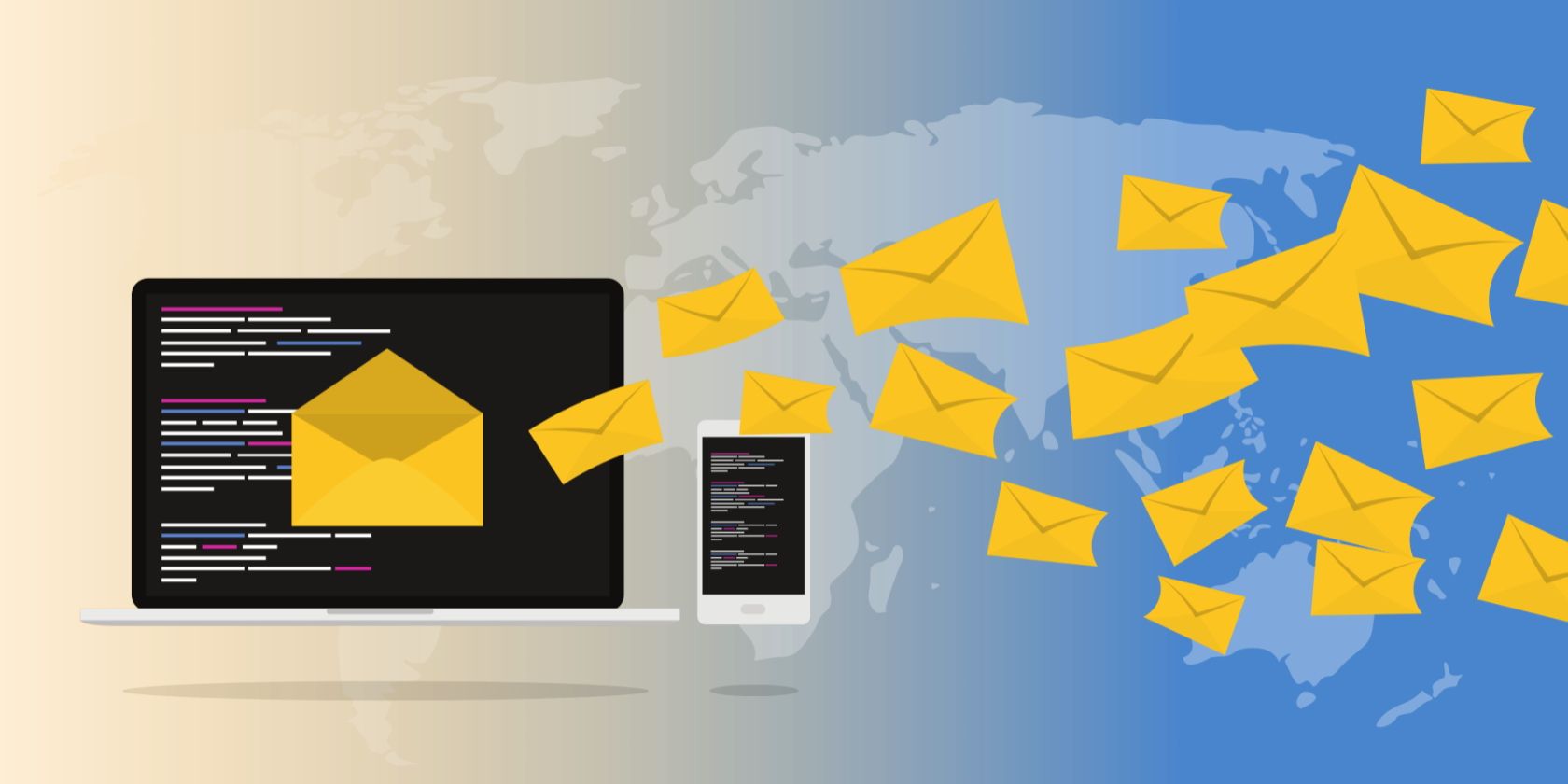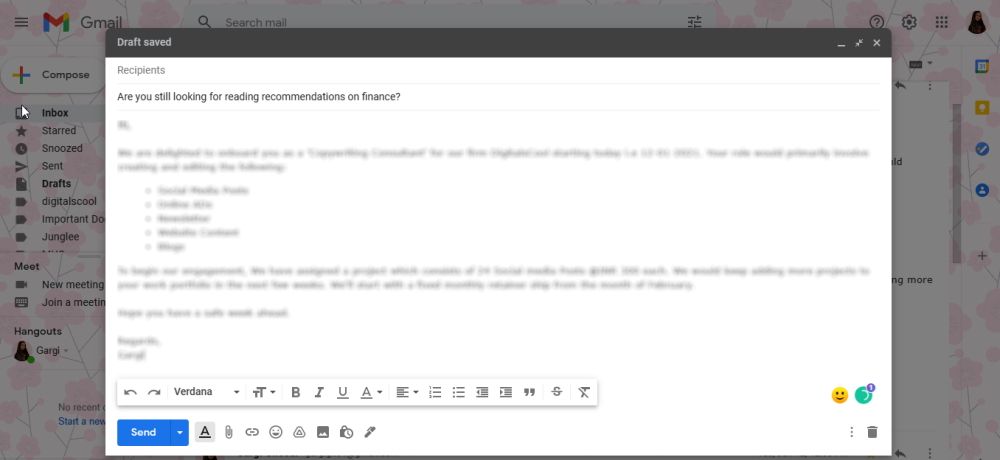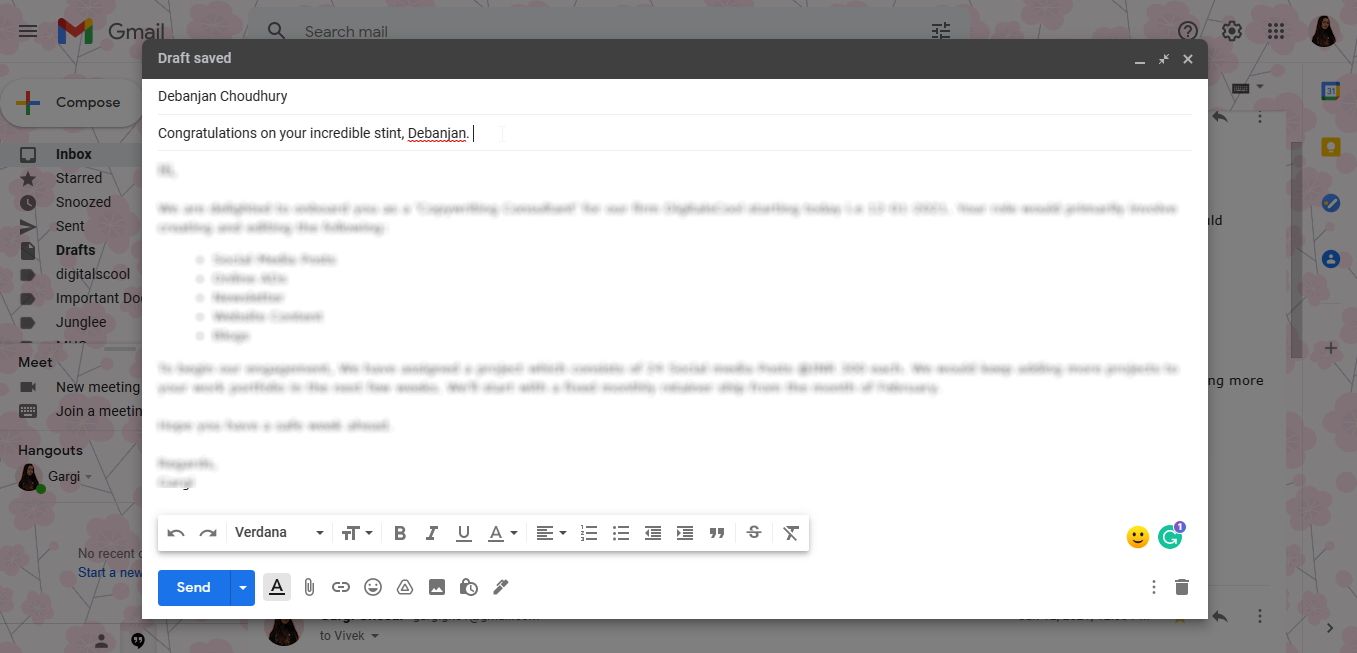People often decide whether or not to open an email based on the subject line. The subject line might seem like a small part of your email, but it's actually one of the vital first impressions you have on your recipients.
However, writing powerful email subject lines that inspire people to click and open is no easy task. With that in mind, we've compiled some ten simple tips for you to follow before putting together your next email.
1. Keep It Short
When it comes to writing effective email subject lines, the trick is to use no more than eight words. That's because email subject lines get cut off if they are too long.
And with the majority of emails being opened on mobile devices today, using less than 25 characters is crucial to ensure the subject line is entirely visible to your email recipient.
Be laser-precise and omit details that can be included in the body of the email. Limit the use of punctuation marks and unnecessary adjectives. As a result, you'll find that your email gets significantly better open and click rates.
2. Use Numbers When You Can
Replacing vague statements with figures, statistics, and data is a great way to get your emails noticed. Numbers can help you demonstrate a clear and straightforward message. Numbers are just as effective in email subject lines, as they are in blog titles.
You can use numbers to refer to the page length or the numerical benefit of the resource you're sharing. Besides, numbers can help you share a specific discount or let your readers know how many more people will be attending your event.
3. Don't Replace Words With Emojis
Emojis are everywhere, but we recommend that you steer clear of them in your subject lines. That's because emojis and symbols have different meanings in different regions. While it is still alright to use emojis sparingly, be mindful to use them before a word or after it.
However, don't make the mistake of replacing words with emojis. That can make your email puzzling to the reader. Here's what not to do:
In any case, use emojis only if they are compatible with the overall tone of your email. Email is still a more formal means of communication. Hence, visual symbols and emojis in email subject lines can become unprofessional and distracting in no time.
4. Use Strong Action Verbs
Email subject lines are very similar to call-to-actions in marketing–both inspire people to click. When you start an email subject line with action-oriented verbs, you add a sense of urgency and excitement for your recipient.
Moreover, strong action verbs help you write shorter sentences. People scan their inboxes very quickly. So, when you use concise language that's clear yet addresses their concerns, your email appeals to more people.
5. Ask a Question
To nail the art of writing effective subject lines, ask compelling questions that pique the curiosity of your readers. When you ask a relevant question that addresses your reader's problem, you turn the cards in your favor.
Precise subject lines such as “Do you know where your business is going wrong?” or “Are you still struggling to get the best results?” can improve your email marketing tactics. However, be mindful to ask questions that sound encouraging while giving your readers a way out.
6. Use Vocabulary That Doesn't Trigger Spam Filters
The worst thing that can happen to your email is it might never reach the recipient's inbox. When you use language that sounds too sales focused, you may often trigger spam filters that are always on standby to block unwanted emails.
Using too many marketing terms and urgency words in your subject lines can also redirect your email to the Promotions tab, which is hardly ever taken seriously. Hence, steer clear of the forbidden words and draft email subject lines that are professional and personal.
7. Add a Strong Call to Action
With all of us receiving dozens of emails every day, no one has the time or the heart to get to the end of an email to find out what needs to be done. So, why not specify a call to action that lets your recipient take concrete steps?
Actionable email subject lines like “Schedule a meeting with XYZ client” or “Send forward the Aviation project files” can help you get straight to the point while remaining professional. It can also reduce the number of back and forths to get something done.
8. Avoid All Caps and Exclamation Marks
There's a general tendency to overuse caps or exclamation marks in email subject lines because they seem to stand out. However, disruptive tactics such as these go against email etiquette. They can actually make your emails look like spam and deter people from opening them.
Instead, write email subject lines using catchy and delightful language that helps improve your click and open rates. These types of tactics are more likely to stand out to your recipient than pushy capital letters.
9. Consider a Personal Touch
If you're looking for the easiest way to add a personal touch to your email subject lines without going overboard, use “you” or “your” to address your recipient directly. You can add little personalization touches like their names, or their location. But that's appropriate only for email marketing ventures, and not personal emails.
Hence, use sensory language in your subject lines to connect with your recipients better and make them feel what you're talking about.
10. Double-Check
If you're writing multiple emails a day, mistakes are bound to happen. Writing email subject lines in a hurry can often lead us to overlook minor grammatical errors and spelling mistakes. And when that happens, they can give off a bad impression to the recipient.
Avoid coming off as callous or careless in your emails, by just double-checking your email subject lines before you hit send. It can make you look more professional.
Use Your Second Chance Wisely
Your recipients see a preview text with the email subject line in their inbox before opening an email. As the preview text offers them a sneak peek, you can use the preview text to get their attention to the most important details of your email.
Whether you're sending out marketing emails, work emails, or personal emails, taking care with the subject line is bound to improve your emails.




